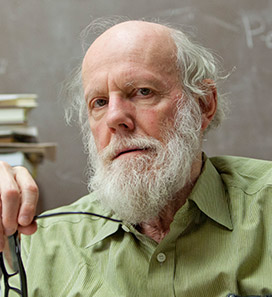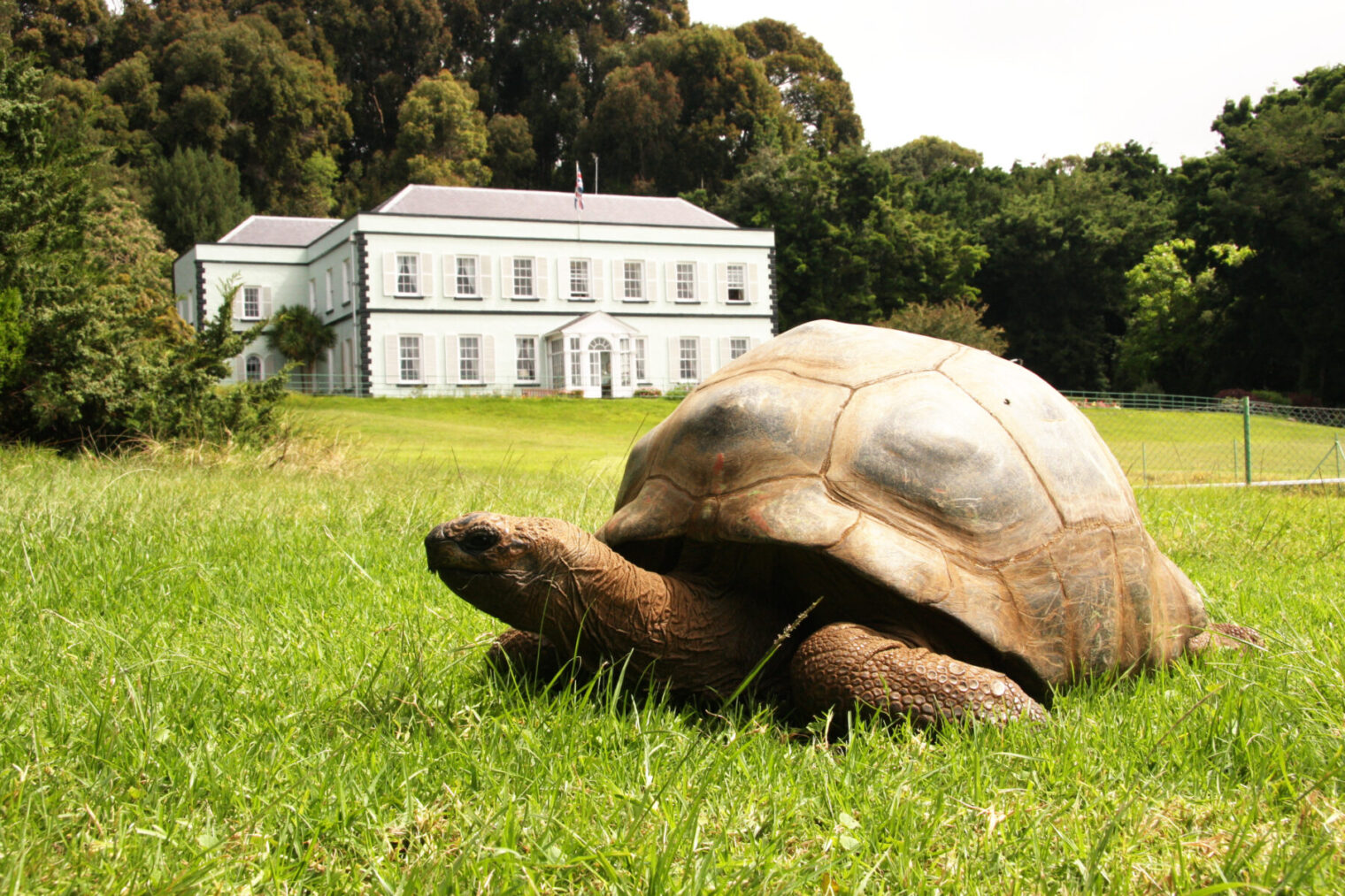
University Professor Caleb Finch
A perspective article in Science coauthored by USC University Professor Caleb Finch describes how new studies on aging in cold-blooded creatures illustrate the wide variety of aging rates in the animal kingdom.
Finch, ARCO/William F. Kieschnick Chair in the Neurobiology of Aging at the USC Leonard Davis School, and coauthor Steven Austad of the University of Alabama at Birmingham discussed two new studies published in Science that each examined species of ectotherms, or cold-blooded animals, their lifespans and mortality risks. Their commentary, “How ubiquitous is aging in vertebrates?” addresses what the results of these studies, their limitations, and the new questions prompted by this research.
Q: What did these new studies in cold-blooded animals examine, and what did the results reveal about aging?
Finch: “Da Silva et al. and Reinke et al. evaluated survival data from various turtles and tortoises as well as amphibians, snakes, crocodilians, and the tuatara. The two different studies covered different species. One of them was only on animals in the zoo or in wildlife parks, and the other’s was largely natural populations, but they both pretty much reached the same conclusion: there’s a very wide range of longevities and rates of mortality change during aging.
Biogerontologists now at last have some meaningful quantitative data for aging rates of frogs, salamanders, crocodiles, turtles, etc. Many of these species no not show statistically significant increases of mortality during aging. These results challenge the conclusion of some evolutionary models that senescence, or physical aging, is evolutionarily inescapable for any species. Overall, these studies suggest that ectothermic tetrapods generally, and turtles in particular, age very slowly. Whether the have negligible senescence is open to further study.
Across the vertebrates that breathe air, from frogs to humans and whales, there is a huge range of possible lifespans and of rates of aging. So it’s now much clearer than before, and the figure [included in the perspective article] is the first time that this has been all brought together.”

Longevity and aging rate (the Gompertz exponential rate constant of annual mortality) data from da Silva et al. and Reinke et al. compared with data from mammals and birds reveal that ectothermic (cold-blooded) and endothermic (warm-blooded) vertebrates vary greatly in their aging rates. Because the background mortality rate of adults may be high in natural populations, few individuals may reach later ages to show increased mortality (graphic by K. Franklin/Science).
Q: How do we measure the rate of aging, and what challenges or limitations do researchers face in measuring aging in animals?
Finch: “The rate of aging, as defined by both studies, is the mortality rate increase with age, calculated as the Gompertz exponential rate constant of annual mortality. 200 years ago, a Scottish actuary named Benjamin Gompertz observed that mortality increases as the square of time, or as the square of age. Essentially, the rate of death per year is doubled every eight years in humans, and that’s true from age 40 through age 105. … Longevity and aging rate (the Gompertz exponential rate constant of annual mortality) data from these new studies compared with data from mammals and birds reveal that ectothermic and endothermic vertebrates vary greatly in their aging rates.
However, there are some limitations of these data. If basal mortality rates are high—such as what might happen in zoos, where husbandry for a species may not be optimal—life expectancy can be short even with no increase in mortality with age. Another issue is when you have very few individuals surviving to later ages, which is true in most natural populations, it may not be enough to detect accelerations of mortality, which is how the two papers we are talking about term the rate of aging. And the authors of both of these papers calculated extremely low rates of mortality that were not statistically significant.”
Q: How might research on aging rates in animals one day impact human aging study?
Finch: “The same kind of cells found in all of these different species can develop into adults with a lifespan as short as one to two years or many decades, or more than a century in the case of turtles and even longer in whales. So all of these species breathe air and, biochemically, they use the same metabolism and have essentially the same genes. They all have hemoglobin; they all have neurons and muscle cells. And if you looked at a microscope, it would be very hard to tell that a cell was from a mouse, a human or a whale.
It’s a remarkable fact that evolution takes the same kind of cell and, by modifying just which genes are active, can build an adult that lives one year or 200 years. … If some species truly escape aging, and mechanistic studies may reveal how they do it, human health and longevity could benefit.”
Top: the oldest living terrestrial animal, Jonathan, is an Aldabra tortoise that has allegedly lived on Saint Helena Island since 1882 and therefore may be 160 to 190 years old (birth date was estimated), note Austad and Finch in their article (photo: StHelena/iStock).





